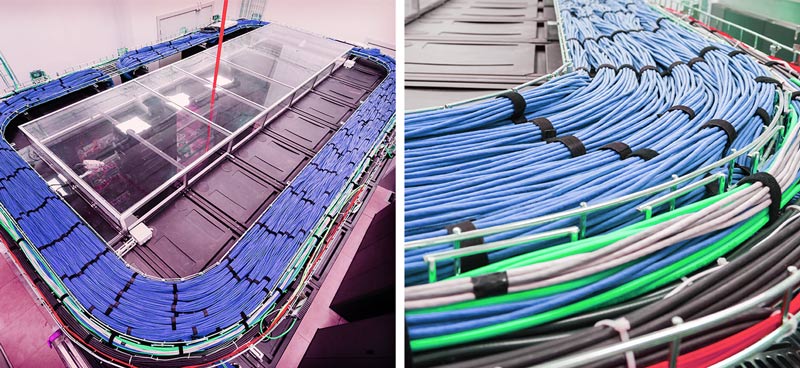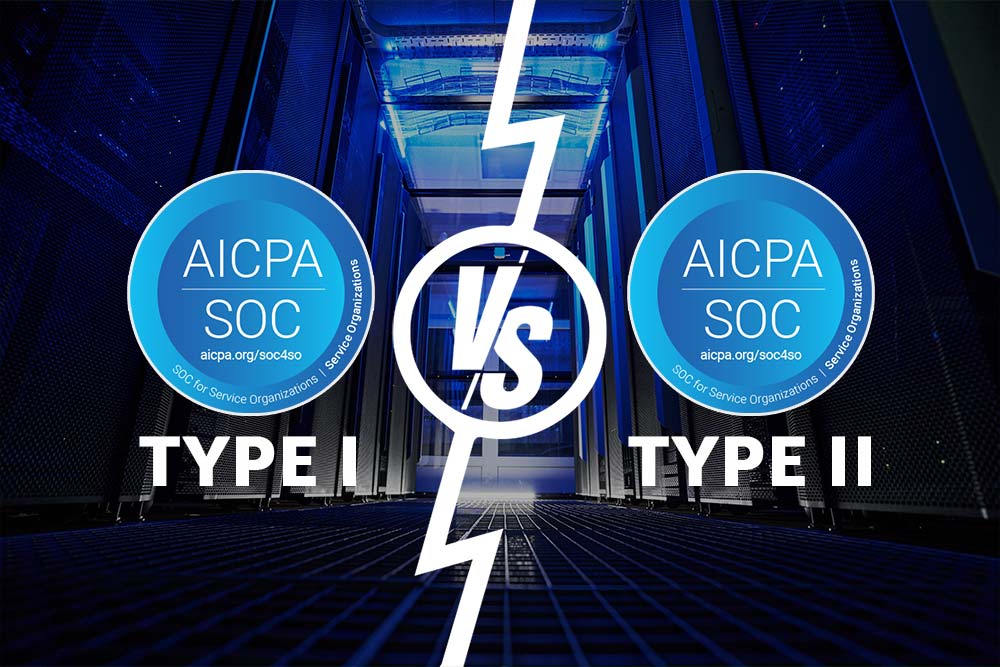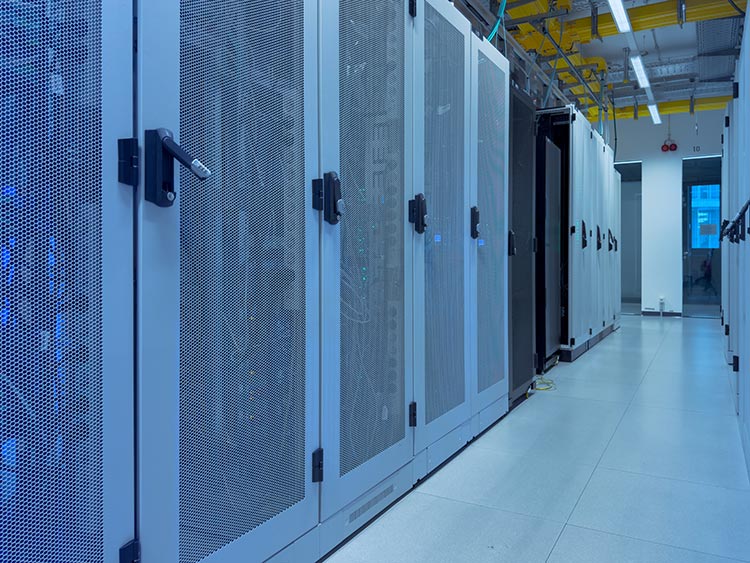Organizations are more and more searching for collocation data centers to fulfill the networking requirements. IDG research states that around 65% of companies are already using third-party facilities as a part of their strategy, and the collocation model appears gaining velocity in the proceeding time. One of the fundamental causes of this trend is the diversity presented by these facilities. Rich connectivity services are offered by them in carrier-neutral environments, which permit companies to raise their services. Amongst the most famous of these services is the utility of cross-connections for enhanced performance.
What is Data Center Cross Connects?
Datacenter cross-connects is defined as a fiber, coaxial, or, most of the time, a copper cable that links clients’ tools and types of equipment immediately to the other clients at the bottom of the data centers. As cross-connect channelize data from one point to another between computing systems within our facility, they are not liable to the congestion or latency problems of the public network and can be depended upon to function at systematically high speeds.
These cross-connections are available at a very low cost as compared to the connections that include conventional telecom networks for the bandwidth offered. They’re more dependable for its construction crew is unbelievable breaks up your network cable with a backhoe. Date center cross-connects ease up steer business-to-business functionality between clients.
Hardware like jumpers, cords, and cables are included in cross-connects, which link up divided units of facilities inside a data center. They are typically maintained by an individual data center or throughout various data centers, and it can be utilized for different purposes like;
- Cloud suppliers use cross-connects to link internet service providers and networks inside the same building – frequently for an individual company.
- Trading companies might utilize various cross-connections among servers to affirm trades are made as fast as they can.
- Cross-connects are used by most companies to ensure that their business is linked to universal networks so they can get benefit from the pricing and redundancy.
Cross-connections assist network administrators in using and controlling a wider range of network types of equipment and tools. Cross-connects are utilized to decrease latency, enhance performance, and amend traffic flow management. They can allow for a more reliable and consistent experience than internet-based connections. They are a reliable resource for lessening data loss and boosting disaster recovery in case of any emergency.
What Is Interconnection?
Interconnection is a personal/secret data exchange among enterprises, industries, and organizations. A more elaborate explanation of interconnection is the preparation of IT traffic exchange parts that incorporate private and direct connections among other parties. Interconnection is the best-accomplished hosting in carrier-neutral-data centers, where separated IT elements are colocated. At this age, when cons of data race across the globe with a click and huge deals and trades occur routinely within a black of an eye. The digital business excels with these interconnections.
How does Data center cross-connect help in increasing the performance?
Best connectivity options, super reliability, and reduced redundancy are three main options that are featured by the data center cross-connects. As the internet-based services have amazing boomed over the last few decades. Still, internet providers cannot provide every service. For companies situated in areas with limited connectivity options, it can put them at a losing point with their competitors. Launching a solution that works around those boundaries could be prohibitively costly.
Carrier-neutral colocation data centers provide a solution to this issue. The connectivity options inside a data center permit companies to use the services they want most perfectly: straightaway.
With their skill to offer lightning-fast cross-connections, these data centers are an incredible solution for companies searching for multiple service providers and enhance their current performance. When merged with the data center’s capability to form multi-cloud and hybrid deployment over and above provide the most recent innovations in edge computing environments, it’s easy to observe why many companies are switching to colocation to accomplish their IT infrastructure goals.
Tips for running carrier cross-connects
- Before placing your order, confirm the carrier’s equipment position and try to get more and more information, which could help you in placing your order. You can choose any data center to watch if they have a cheaper and better way of making it work. Data centers offer internet circuits and private circuits that can benefit the user without making him handle particular carriers.
- First of all, ask for a single-mode fiber handoff from the carrier and be ready to have your instrument take over that fiber handoff. If media conversation is necessary, the cross-connect will be potentially less dependable and more costly.
- Place an order for the carrier cross-connect as soon as you can and give the LOA from the carrier. This provides the company with the circuit information and authority to bind the cross to connect with the carrier demarc.
- Always expect one-two week delivery to use the circuit. Things like wrong media, missing demark jacks, or tag-and-locate quests could be the reason for the delay.
Pricing of data center cross-connects
Likely the most confusing factor of colocation is data center pricing. Data centers have such a broad spectrum of different cost models that it’s not easy to make a comparison between the costs. If you have attempted to compare the data center cross-connects pricing, you have likely come away more confused and lost.
This is for the reason that data centers don’t present a standard way to crack up your price, and as an outcome, it makes it very difficult to make a comparison of packages.
Different companies showcase different approaches for data center pricing. There are many methods that they may crack up their prices like;
- Pricing for network use and power
- Pricing for space, network use, and power
- Pricing for cooling power
- Pricing for cross-connects
Cross-connects is taken as connections within the facilities offered as divided units by the data center. As an example, let’s say the uplink that functions from your equipment in the data center to the service provider is regarded as a cross-connect. Cables that work between your racks in the data center, still, are not included in cross-connects. The price the user will pay depends on the number of cross-connects the user is having plus the speed and type of the lines.
Got questions? Want to talk specifics? That’s what we’re here for.
A cross-connect will allow you to reduce access costs to get to the carrier of your choosing. You can save money and improve the connectivity of your network. Contact us to learn more about how we can help you reduce your network costs with our affordable cross-connects to any carrier in our facilities or nearby data centers.
• Call: 888 865 4261
• Chat with a member of our team to discuss which solution best fits your needs.












